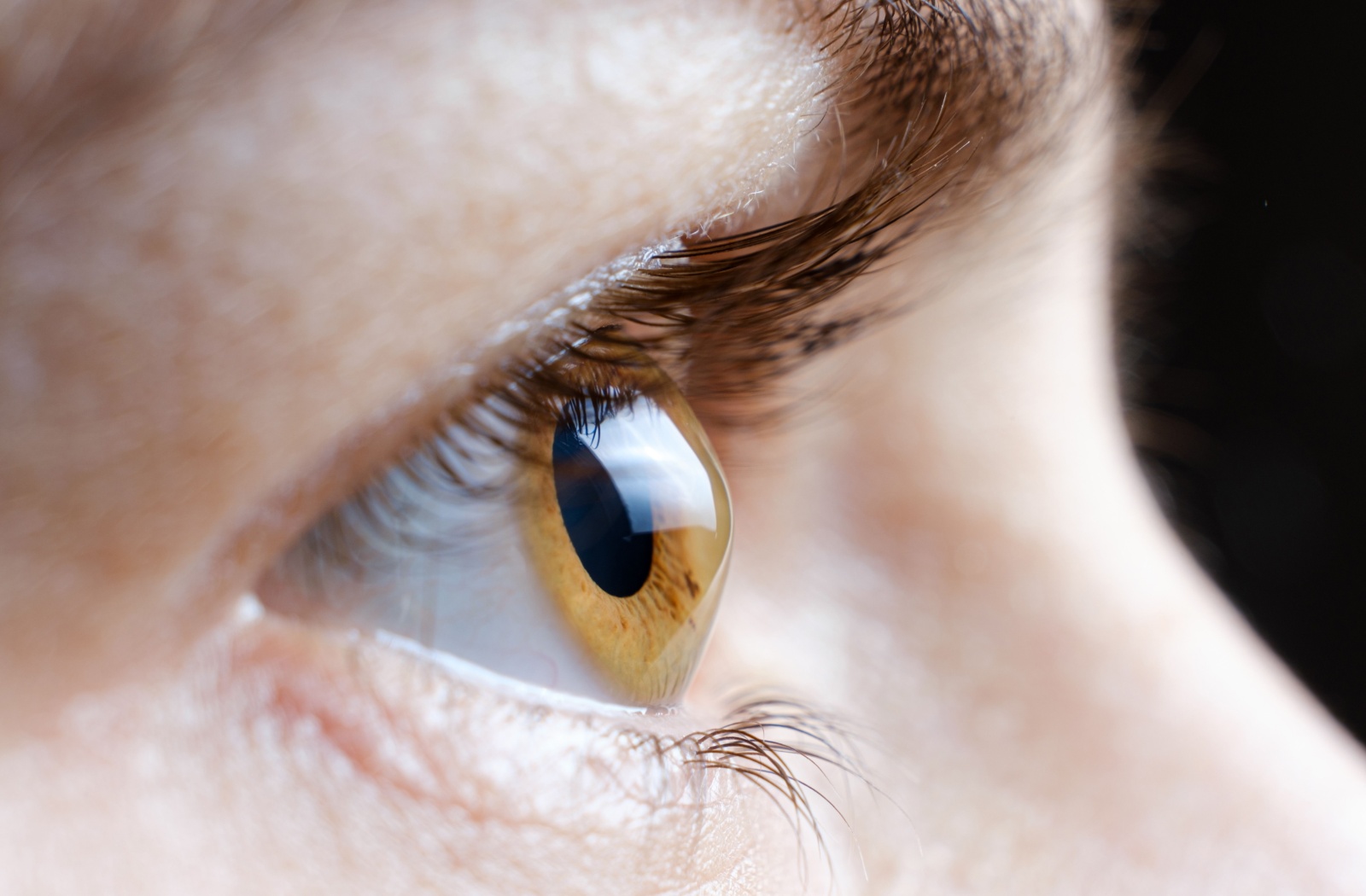All Categories
Featured
When it concerns sun safety, lots of people concentrate on protecting their skin from unsafe UV rays. However, the effects of UV radiation on your eyes are just as crucial but often overlooked. Long term direct exposure to ultraviolet (UV) rays can cause various eye problems, a few of which may result in long-term damages or vision loss. Whether you're outdoors on a sunny coastline or taking a stroll on a cloudy day, understanding just how UV rays affect your eyes and discovering exactly how to protect them is critical for maintaining healthy vision.
What Are UV Rays and Exactly How Do They Impact the Eyes? UV rays are a form of unseen radiation produced by the sunlight. There are three kinds of UV rays:
UVA Rays: These permeate deeply right into the skin and eyes, adding to long-term damages. UVB Rays: These are a lot more intense and can trigger surface-level harm, such as sunburn or corneal damage. UVC Rays: These are one of the most dangerous however are absorbed by the Earth's environment and hardly ever position a direct hazard. Both UVA and UVB rays can harm numerous components of the eye, consisting of the cornea, lens, and retina.
Short-Term Results of UV Direct Exposure. Also a brief duration of intense UV direct exposure can harm your eyes. A common condition resulting from this is photokeratitis, commonly referred to as "sunburn of the eye." Symptoms include:
Painful or red eyes. Level of sensitivity to light. Excessive tearing. Short-lived blurred vision. Photokeratitis is normally momentary yet works as a tip of the immediate dangers of UV radiation.
Long-Term Results of UV Direct Exposure. Advancing UV exposure in time can cause several extreme eye problems, including:

Cataracts: UV rays speed up the development of cataracts, a problem where the lens of the eye becomes cloudy, resulting in vision impairment. Cataracts are a leading root cause of loss of sight worldwide.
Macular Degeneration: The macula, a part of the retina in charge of central vision, can be damaged by prolonged UV exposure, boosting the risk of age-related macular degeneration (AMD)
Pterygium: Frequently called "surfer's eye," this problem includes a development of cells on the white part of the eye, which can cross the cornea and harm vision.
Pinguecula: UV direct exposure can create yellowish areas to develop on the conjunctiva, bring about irritability and pain.
Skin Cancer Cells Around the Eyes: The fragile skin surrounding the eyes is highly vulnerable to UV radiation, boosting the danger of basal and squamous cell cancer.
Shielding Your Eyes from UV Damage. The great news is that securing your eyes from UV radiation is basic and effective. Below are some vital pointers:
Use UV-Blocking Sunglasses. Select sunglasses that obstruct 100% of UVA and UVB rays. Try to find tags showing "UV 400" security. Wrap-around styles give extra coverage, protecting against UV rays from getting in from the sides.
Utilize a Wide-Brimmed Hat. A hat with a vast border can obstruct almost 50% of UV rays, offering added security for your eyes and the delicate skin around them.
Stay Clear Of Top Sun Hours. UV rays are toughest in between 10 a.m. and 4 p.m. Decrease your outside exposure during these hours, or guarantee you're adequately shielded if you require to be outside.
Protect Your Eyes Year-Round. UV rays are existing year-round, also on cloudy or snowy days. Snow, sand, and water can reflect UV rays, increasing their impacts. Make sunglasses a component of your everyday routine, despite the season.
Think About UV-Blocking Contact Lenses. Several get in touch with lenses now offer UV defense, which can be an added guard when coupled with sunglasses.
Encourage Eye Defense for Children. Children's eyes are more susceptible to UV damages due to the fact that their lenses are clearer, allowing more UV light to get to the retina. Ensure they use sunglasses and hats when playing outdoors.
Arrange Regular Eye Examinations. Normal sees to an eye treatment expert are necessary for checking your eye wellness. An optometrist can discover early indications of UV-related damage and recommend options, such as prescription sunglasses or UV-blocking glasses tailored to your requirements.
Verdict. UV rays might be unseen, yet their impact on your eye wellness is extremely genuine. From short-lived discomfort to long-term conditions like cataracts and macular degeneration, the risks of UV direct exposure are too significant to disregard. By wearing UV-blocking sunglasses, limiting your exposure during top hours, and scheduling normal eye exams, you can secure your vision and appreciate the outdoors securely. Bear in mind, your eyes are one of your most beneficial possessions-- take the essential steps to shield them from harmful UV rays today.
Latest Posts
Specialist Commercial Roofing Solutions in North Platte, Nebraska
Find Affordable Auto Repairs with Montclare’s Limited-Time Service Specials
Boost Your Home's Exterior with Weathercraft's Home siding Solutions
More
Latest Posts
Specialist Commercial Roofing Solutions in North Platte, Nebraska
Find Affordable Auto Repairs with Montclare’s Limited-Time Service Specials
Boost Your Home's Exterior with Weathercraft's Home siding Solutions